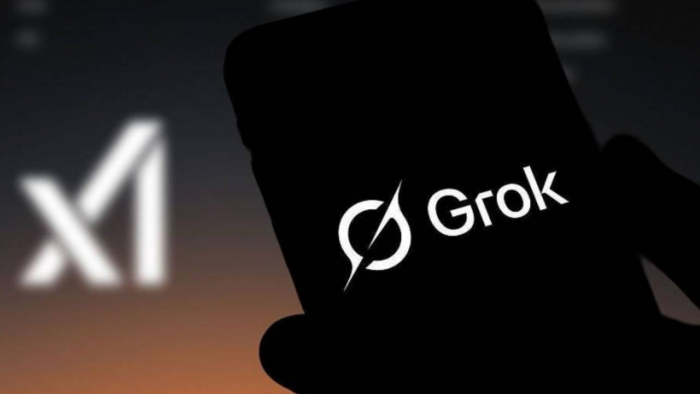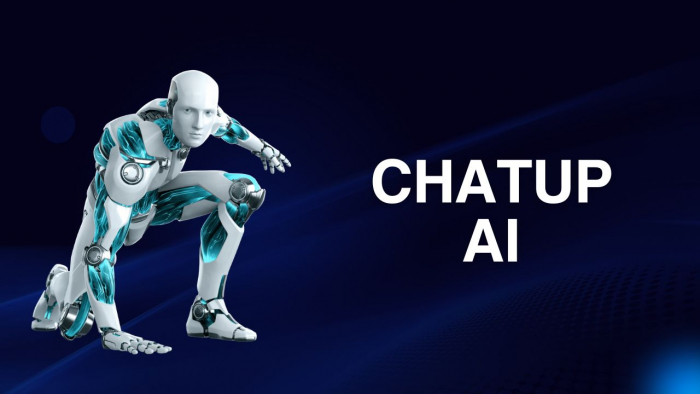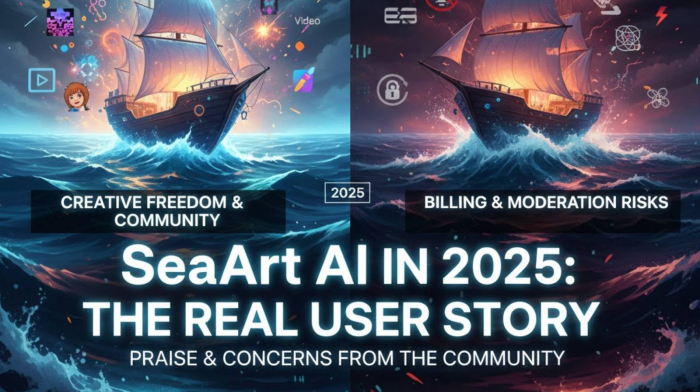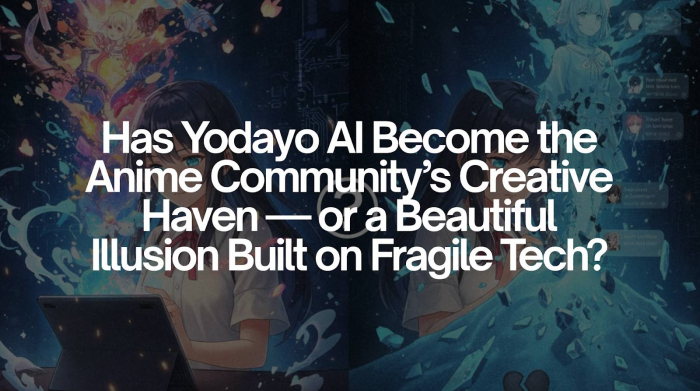Artificial intelligence is no longer a sidekick to software — it’s fast becoming the main character. By 2030, AI is expected to take on tasks that entire software categories handle today, blurring the line between human-driven programs and self-running systems.
ResearchGate’s analysis on AI in 2030 highlights a turning point: instead of patching, updating, or troubleshooting manually, businesses will rely on AI tools that learn and improve on their own. For companies, this isn’t just an upgrade — it’s a survival strategy.
From Code Editors to Autonomous Developers
GitHub Copilot and OpenAI Codex already assist programmers by suggesting lines of code. But if you consider ongoing debates on Quora, the trajectory is clear: these assistants could evolve into self-sufficient development partners.
Instead of juggling multiple tools like Eclipse, JetBrains, and VS Code, future developers may simply describe a project, and the AI not only writes the code but tests, debugs, and deploys it instantly. The human’s role? Setting vision and ensuring ethics, rather than fixing syntax errors.
Business Agents Instead of Endless SaaS Apps
Today, businesses subscribe to dozens of SaaS apps — Salesforce for CRM, HubSpot for marketing, Zoho for workflow management. By 2030, this model may feel outdated.
The New Stack argues that Microsoft’s AI Business Agents will consolidate these silos. Imagine an intelligent assistant that knows your clients, manages HR, crunches analytics, and coordinates projects, all without switching platforms. For many organizations, that could end app fatigue once and for all.
Knowledge That Talks Back
Enterprise knowledge tools like Confluence and SharePoint store data — but they don’t converse. With ChatGPT Enterprise and Claude AI, information becomes interactive. Instead of searching through documents, teams can simply ask, “What’s our Q4 marketing spend breakdown?” and get an instant, contextual response.
This shift makes static intranets feel clunky. By 2030, conversational knowledge systems may be the backbone of internal communication, turning documents into dialogue.
Testing That Never Sleeps
Manual QA pipelines are slow, costly, and prone to human error. Tools such as DeepCode and TabNine already provide predictive bug detection. Backed by ResearchGate’s research on AI in software engineering, it’s likely that by 2030, testing frameworks like Selenium or Postman will be phased out in favor of real-time, self-correcting code ecosystems.
Building Apps With “Vibes”
One of the most futuristic trends is vibe coding, explored by Nucamp. Instead of dragging blocks in Bubble or OutSystems, creators will describe what they want in plain language — “an e-commerce site with built-in analytics and a loyalty program” — and the AI will produce a ready-to-launch product.
Platforms like Builder.ai are already heading in this direction. The big win here? Non-technical entrepreneurs will no longer depend on developers to bring ideas to life.
Creativity Without the Creative Suite
Content creation is undergoing a parallel revolution. RunwayML brings professional-grade video editing powered by AI, while Jasper AI writes marketing copy in seconds. These tools may not just compete with Adobe Creative Suite and Canva — they could redefine the creative process.
Instead of opening Photoshop to design a banner, teams may brief an AI on the campaign mood, and it generates visuals, videos, and text across multiple channels in minutes. Creativity shifts from execution to direction.
DevOps Without Dashboards
DevOps today involves a patchwork of Jenkins, Kubernetes, and CI/CD pipelines. But as arXiv research points out, AI-driven infrastructure like Google AutoML, Databricks AI, and OctoML can already optimize deployments and monitor system health.
Fast forward to 2030, and it’s easy to imagine environments that self-heal, auto-scale, and fine-tune without human intervention. Instead of engineers logging into dashboards, AI would quietly ensure systems run smoothly.
Why This Matters
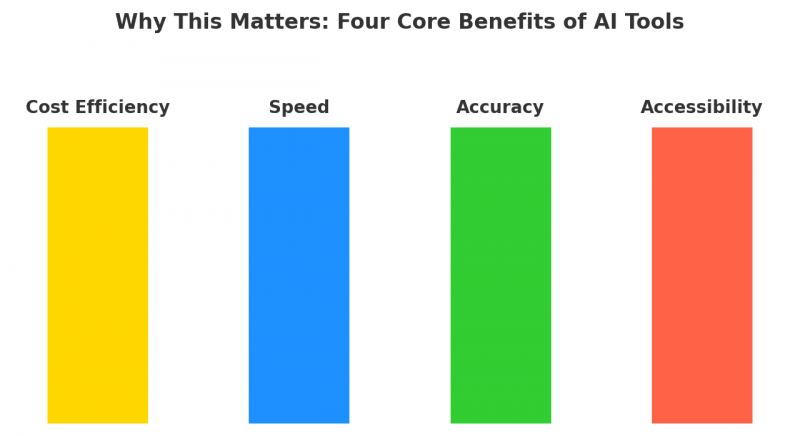
The shift toward AI-first tools is more than convenience:
- Lower costs – multiple SaaS subscriptions replaced by single AI hubs.
- Faster execution – projects delivered in days, not months.
- Fewer errors – AI detects and fixes problems instantly.
- Wider access – non-technical users can build, deploy, and scale.
McKinsey’s research on future work underscores that automation will dominate by 2030. Companies that cling to old models will simply fall behind.
Final Outlook
By 2030, the term “traditional software” may feel like a relic. IDEs, SaaS apps, testing suites, creative tools, and DevOps dashboards — all could be absorbed by intelligent AI systems that evolve continuously.
For businesses, the real question isn’t whether AI will take over. It’s how quickly they’ll adapt and position themselves ahead of the curve. Those who embrace these tools early will lead the market; those who hesitate will be left maintaining systems that no longer make sense in a self-learning world.
Post Comment
Be the first to post comment!
